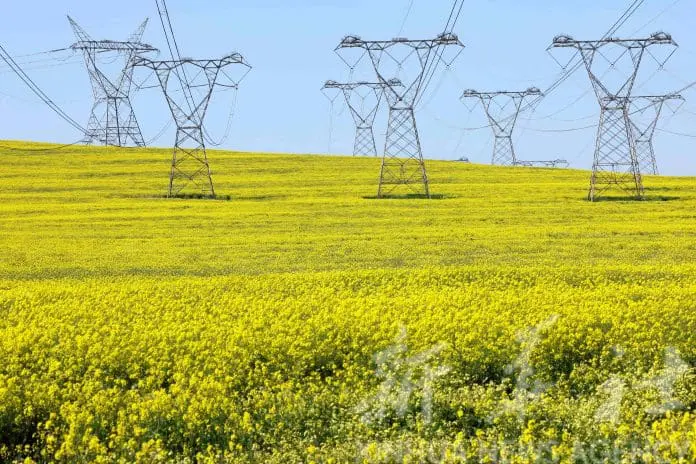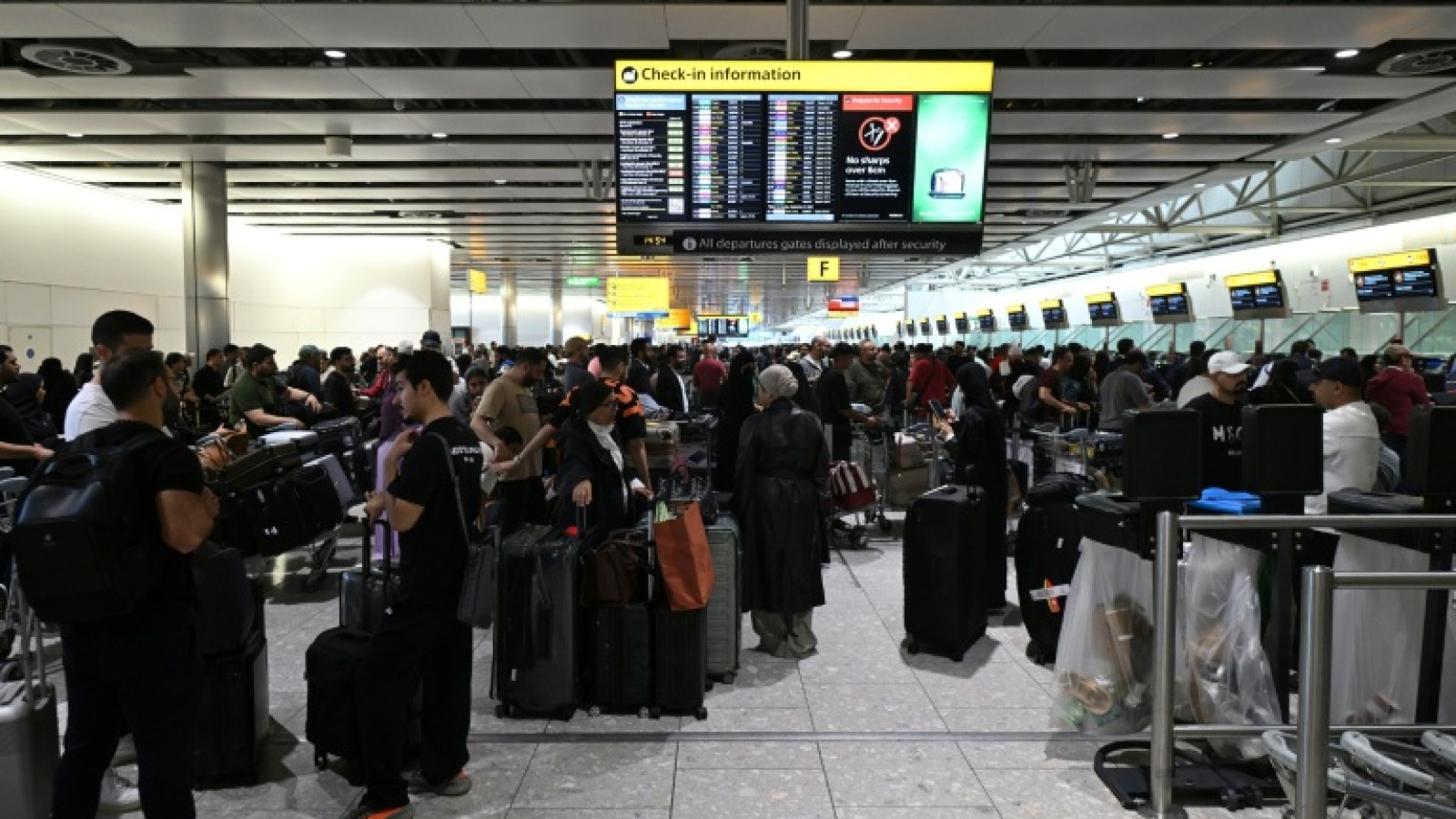By Ghana News
Copyright ghanamma

West Africa’s ambitious electricity expansion program reached a critical milestone this week as regional experts gathered in Nigeria’s capital to evaluate progress on one of the continent’s most significant power infrastructure investments.
The four-day mid-year review of the Regional Electricity Access and Battery Energy Storage Technology (BEST) Project brought stakeholders together in Abuja from September 23-26 to assess achievements and challenges across five participating countries. The session served as both a progress report and strategic planning forum for the initiative’s second half.
Launched in March 2022 with $465 million in World Bank funding, the BEST Project represents ECOWAS’s most comprehensive approach to addressing West Africa’s persistent electricity access challenges. The initiative spans Senegal, Mauritania, Mali, Niger, and Côte d’Ivoire, with goals that seemed ambitious three years ago but now show tangible progress across the region.
Mr. Bayaornibe Dabire, ECOWAS Director of Energy and Mines, opened the review with cautious optimism about the project’s trajectory. “Since its launch in 2022, the BEST Project has brought us together with rigor, enthusiasm, and consistency,” he noted, emphasizing how the initiative has fostered unprecedented regional cooperation in energy infrastructure development.
The numbers tell a compelling story of progress despite implementation challenges. The project aims to electrify 2,201 localities, install 205 megawatt-hours of battery storage capacity, and connect more than 235,000 households to modern electricity services. These targets, while ambitious, appear increasingly achievable given current progress rates.
Côte d’Ivoire emerges as the project’s standout performer, with its storage component reaching 81.5% completion. Three major sites totaling 105 MWh are scheduled for commissioning by March 2026, potentially serving as a model for other participating countries. This success story provides valuable lessons for accelerating implementation elsewhere in the region.
Senegal has completed comprehensive studies to electrify 1,041 communities, affecting more than 50,000 households. Construction activities await the end of the rainy season, reflecting the practical challenges of implementing large-scale infrastructure projects in West Africa’s climate conditions.
The Sahel countries demonstrate varied progress patterns that reflect their unique circumstances. Mali signed contracts for an 80 MWh storage system in July 2025, while Niger awarded contracts covering 91% of its commitments worth $95.4 million, including electrification of 742 communities and a 20 MWh storage system. Mauritania has reached 48% progress in access works for 481 communities, though technical challenges persist in this desert nation.
Ms. Elise Akitani, Senior Energy Specialist at the World Bank, described the BEST Project as pioneering work toward greater renewable energy integration. Her assessment highlighted the initiative’s potential to transform not just electricity access but the entire regional power market structure. The project strengthens both the Economic Electricity Regulatory Authority (ERERA) and the West African Power Pool (WAPP), creating foundations for enhanced cross-border electricity trading.
The timing of this review couldn’t be more critical. With approximately two years remaining until project completion, stakeholders face pressure to address implementation bottlenecks while maintaining quality standards. The meeting focused on streamlining procedures and capitalizing on successful experiences, particularly Côte d’Ivoire’s achievements, to accelerate progress in other countries.
Beyond immediate infrastructure gains, the BEST Project represents a shift toward modern energy systems across West Africa. Battery storage technology integration allows for better renewable energy utilization while improving grid stability—essential factors for supporting economic development in the region.
The project’s regional approach offers advantages over traditional country-by-country energy investments. Shared expertise, coordinated procurement, and unified technical standards create efficiencies that individual national programs typically cannot achieve. This collaborative model could influence how future regional infrastructure projects are structured.
Implementation challenges remain significant. Technical risk management, procurement delays, and coordination complexities across multiple countries continue testing project managers’ capabilities. However, the mid-year review suggests these obstacles are being addressed systematically rather than being allowed to derail overall progress.
The meeting’s outcomes will likely influence resource allocation and strategic priorities for the project’s remaining phase. With tangible results already visible in communities gaining electricity access for the first time, stakeholders appear committed to maintaining momentum despite ongoing challenges.
For West Africa’s energy future, the BEST Project represents more than infrastructure development. It’s testing whether regional cooperation can deliver on promises of improved living standards through modern electricity services. Early indicators suggest cautious optimism may be justified, though significant work remains before final evaluation becomes possible.



